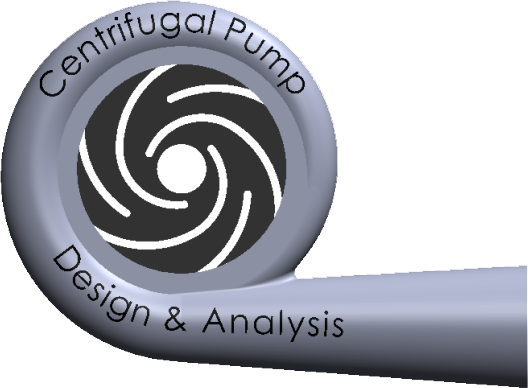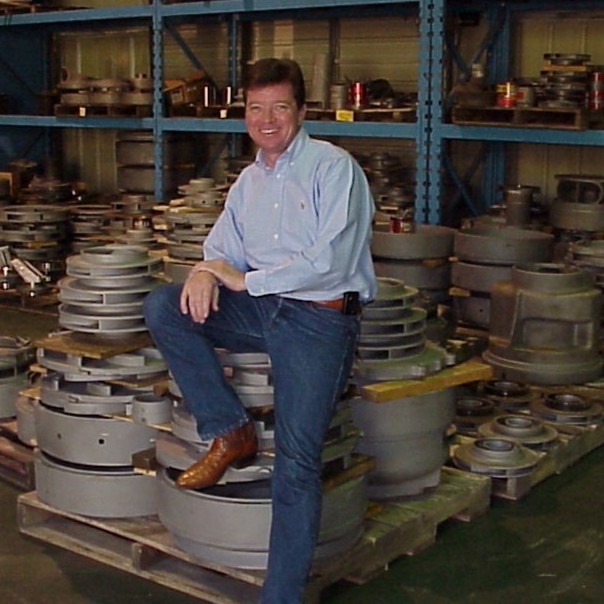Integrity
Trust begins with integrity—and integrity never leaves the work.
Integrity is the cornerstone of our work. It builds trust with our customers, and that trust opens the door to creative solutions that deliver lasting value.
We also believe pump owners have the right to repair their equipment. That’s why our deliverables—calculations, drawings, and final reports—are provided as the customer’s property, ensuring transparency, engineering integrity, and independence in future sourcing and procurement decisions.
Root-Cause Focus
Solving root causes, not just treating symptoms.
We know that the customer’s first request is not always the full answer. We listen carefully to their description of the problem—and the symptoms they see—then ask questions to understand cost, time, and long-term goals before developing solutions. This approach ensures we solve the real issue, not just apply a quick fix.
Effective solutions require a clear understanding of the true root cause. In some cases, customers may misidentify symptoms as the problem. For example, the statement “The bearings run hot” points to a symptom, not the underlying cause.
Holistic Design
Every component matters—design must be understood as a whole.
Pumps were once built for stable, predictable conditions—custom-designed for utility power stations or selected from standardized “sales book” models for refineries. But today, operating demands have shifted. Power plants designed for steady base load now cycle daily, while refineries face new feedstocks and tighter environmental regulations. These changes often push pumps beyond their original design limits, leading to costly, recurring problems.
Modern engineering methods and advanced materials make it possible to overcome these challenges. Yet true solutions demand a holistic approach: rotating and stationary components must be engineered to function as an integrated system. An impeller from a DeLaval pump will not perform in an Ingersoll Rand case, nor can the thrust bearing of an opposed-impeller multistage pump substitute for that of an in-line diffuser design. The original design intent must be understood and respected before introducing change.
Experience
I bring over 50 years of experience in centrifugal pump design, with energy densities up to 9,000 HP per stage. My work spans a wide range of applications—from high specific speed propeller-type machines to extremely low specific speed radially drilled impellers. Most hydraulic designs fall within the 600–2000 specific speed range, with boiler feed pumps typically between 1200 and 1800.
I’ve engineered pumps for extreme environments, from cryogenic systems to molten salt applications, often requiring innovative mechanical solutions and expertise in materials and thermal transients. My background in the nuclear industry instilled a strong discipline in rigorous documentation—I provide detailed reports that clearly outline objectives, methods, and results.
In addition to design, I have extensive experience in system diagnostics—evaluating pump and system interactions such as hydraulic instabilities, vibration issues, nozzle load effects, and thermal transients. Diagnostics extend beyond the pumps themselves to the circuits they operate in, including failed check valves, open bypass or recirculation valves, instrumentation errors, and data acquisition issues with Distributed Control Systems (DCS). At a Southwest legacy electric generating plant, a recent study prioritized repairs on twelve pumps to fit within budget constraints.
I approach every project independently, with no allegiance to OEMs or warranty constraints. My recommendations are based solely on root cause analysis and on what is most effective for the customer.

